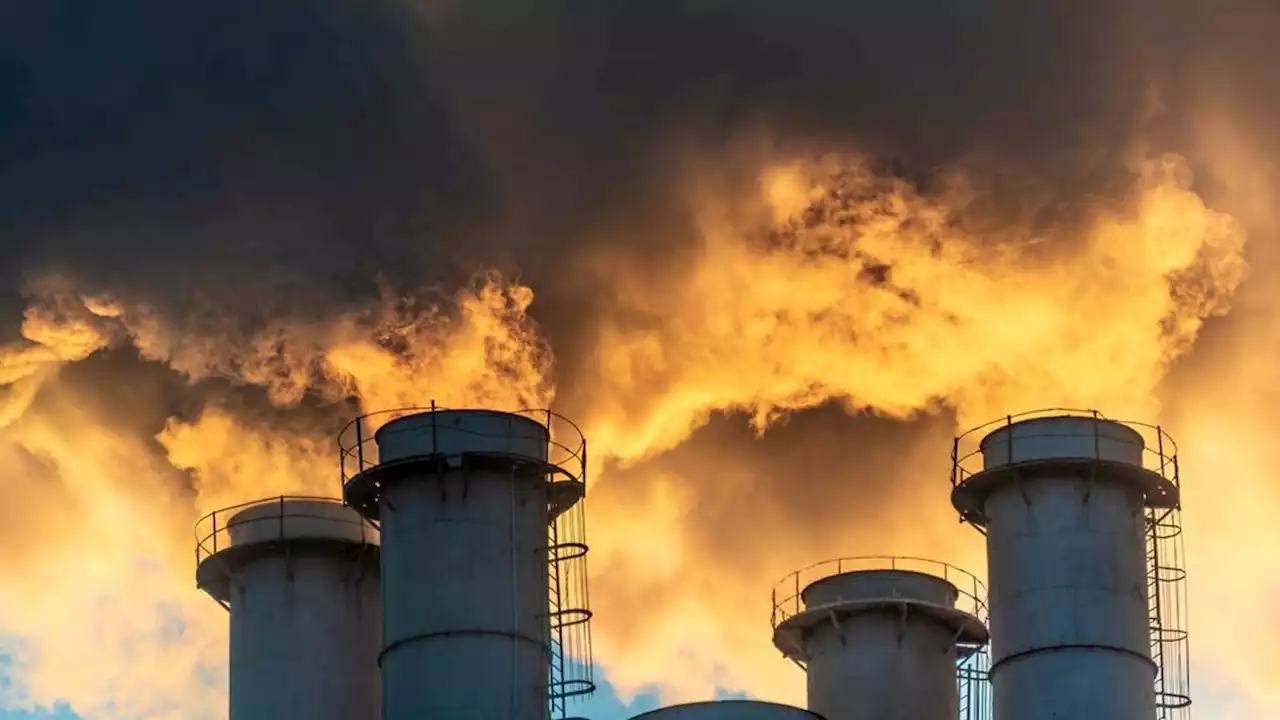Harry is a U.K.-based staff writer at Live Science. He studied Marine Biology at the University of Exeter (Penryn campus) and after graduating started his own blog site 'Marine Madness,' which he continues to run with other ocean enthusiasts. He is also interested in evolution, climate change, robots, space exploration, environmental conservation and anything that's been fossilized. When not at work he can be found watching sci-fi films, playing old Pokemon games or running (probably slower than he'd like).
has already warmed by more than 2 degrees F above preindustrial levels and, if current warming trends continue, is on track to reach between 3.6 and 5.4 F above preindustrial levels, the study authors said in a"This sets Earth on course to cross multiple dangerous tipping points that will be disastrous for people across the world," study co-author Johan Rockström, director of the Potsdam Institute for Climate Impact Research in Germany, said in the statement.
"Since I first assessed climate tipping points in 2008, the list has grown and our assessment of the risk they pose has increased dramatically," co-author Tim Lenton, director of the Global Systems Institute at the University of Exeter in the U.K. and lead author of the original 2008 tipping points paper, said in the statement.
In the new study, the researchers calculated the exact temperature at which each tipping element would be likely to pass its point of no return. Their analysis revealed that five tipping elements — the Greenland and West Antarctic ice sheets; Arctic permafrost; tropical coral reefs; and a key ocean current in the Labrador Sea — are in the"danger zone," meaning they are quickly approaching their tipping points.
Two of these danger zone tipping points, the Greenland and West Antarctic ice sheets, are already beyond their lowest potential tipping points of 1.4 F and 1.8 F above preindustrial times respectively, which suggests these two systems may already be beyond saving, researchers wrote.
One explanation for this accelerated timeline is that researchers now fully understand the interconnectedness of tipping points. Better climate models now show that the fall of one tipping point could increase the likelihood of another's collapse. For example, if the Arctic permafrost melts due to rising temperatures, it will release more carbon into the atmosphere.
Malaysia Latest News, Malaysia Headlines
Similar News:You can also read news stories similar to this one that we have collected from other news sources.
 Queen Elizabeth live updates: Prince Andrew, Harry, Meghan not invited to receptionPrince Andrew's daughters, Princess Beatrice and Princess Eugenie, released their first public statement since the death of the queen, saying it has been the honor of their lives to be her granddaughters.
Queen Elizabeth live updates: Prince Andrew, Harry, Meghan not invited to receptionPrince Andrew's daughters, Princess Beatrice and Princess Eugenie, released their first public statement since the death of the queen, saying it has been the honor of their lives to be her granddaughters.
Read more »
 Marine Life Perished From the Late Devonian Mass ExtinctionTerrestrial plants may have caused the End-Devonian Extinction, but its origin is still shrouded in mystery.
Marine Life Perished From the Late Devonian Mass ExtinctionTerrestrial plants may have caused the End-Devonian Extinction, but its origin is still shrouded in mystery.
Read more »
 Prince Harry and Meghan Markle Relegated to Second Row at Queen Elizabeth’s FuneralIn an apparent snub, Prince Harry was seated in the second row with Meghan Markle. On top of the queen’s coffin a note from the king read, “In loving and devoted memory. Charles R”
Prince Harry and Meghan Markle Relegated to Second Row at Queen Elizabeth’s FuneralIn an apparent snub, Prince Harry was seated in the second row with Meghan Markle. On top of the queen’s coffin a note from the king read, “In loving and devoted memory. Charles R”
Read more »
 Prince Harry Feels ‘Heartbroken,’ ‘Excluded,’ and Is Still Feuding With Prince William“Heartbroken” and “devastated:” that is how Prince Harry is reportedly feeling after the military uniform he was finally allowed to wear at yesterday’s vigil in front of the queen’s coffin was stripped of her initials.
Prince Harry Feels ‘Heartbroken,’ ‘Excluded,’ and Is Still Feuding With Prince William“Heartbroken” and “devastated:” that is how Prince Harry is reportedly feeling after the military uniform he was finally allowed to wear at yesterday’s vigil in front of the queen’s coffin was stripped of her initials.
Read more »
